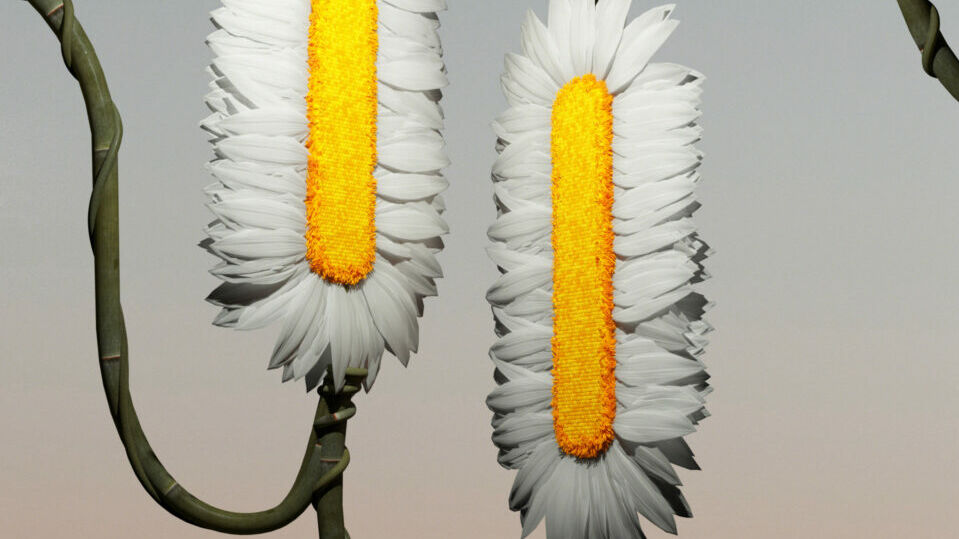In 1843, botanist Anna Atkins published Photographs of British Algae. It was to be the first of three volumes documenting the nation’s ferns, flowers, feathers and algae. Today, it’s considered to be the first photographic book ever printed, and is known for its bold blue and white cyanotypes. But what does this kind of innovation – combining art and science – look like in 2022? Ondrej Zunka shows us.
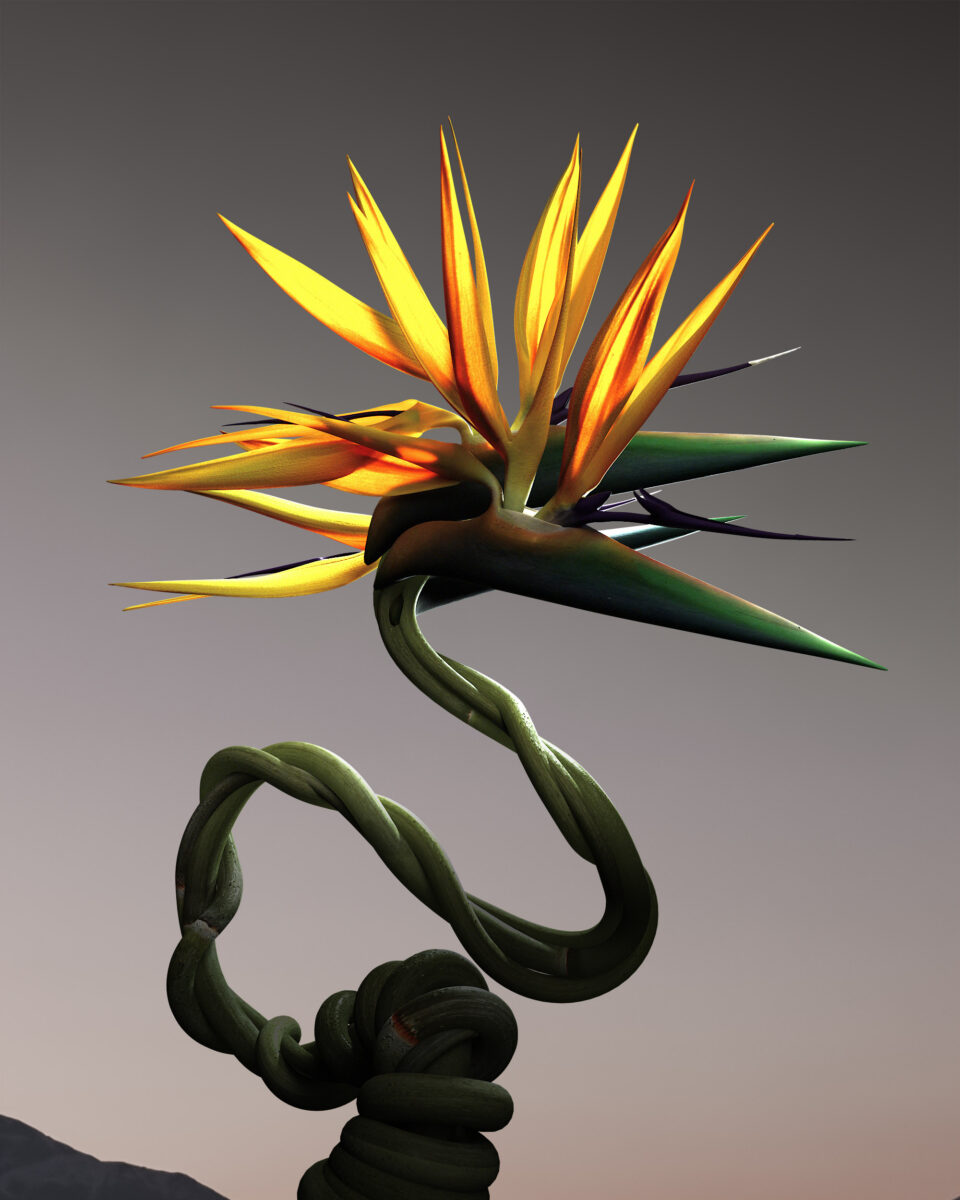
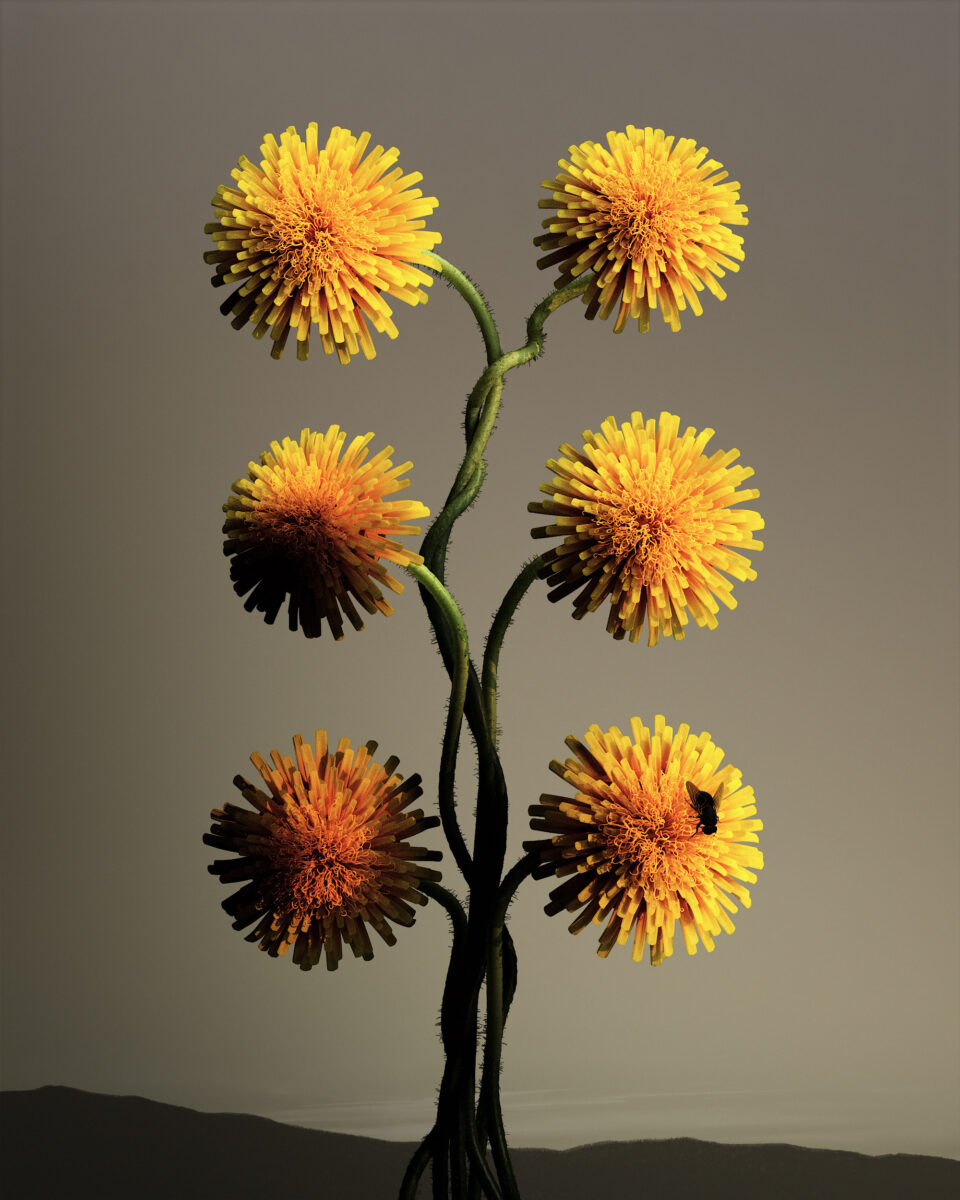
These are are entries from the London-based artist’s new encyclopaedia. Following in Atkins’ tradition, Zunka takes a near-scientific approach, rendering plants in exquisite, three-dimensional detail. But there’s something different about these blooms: they are uncannily lifelike, yet seemingly impossible in nature.
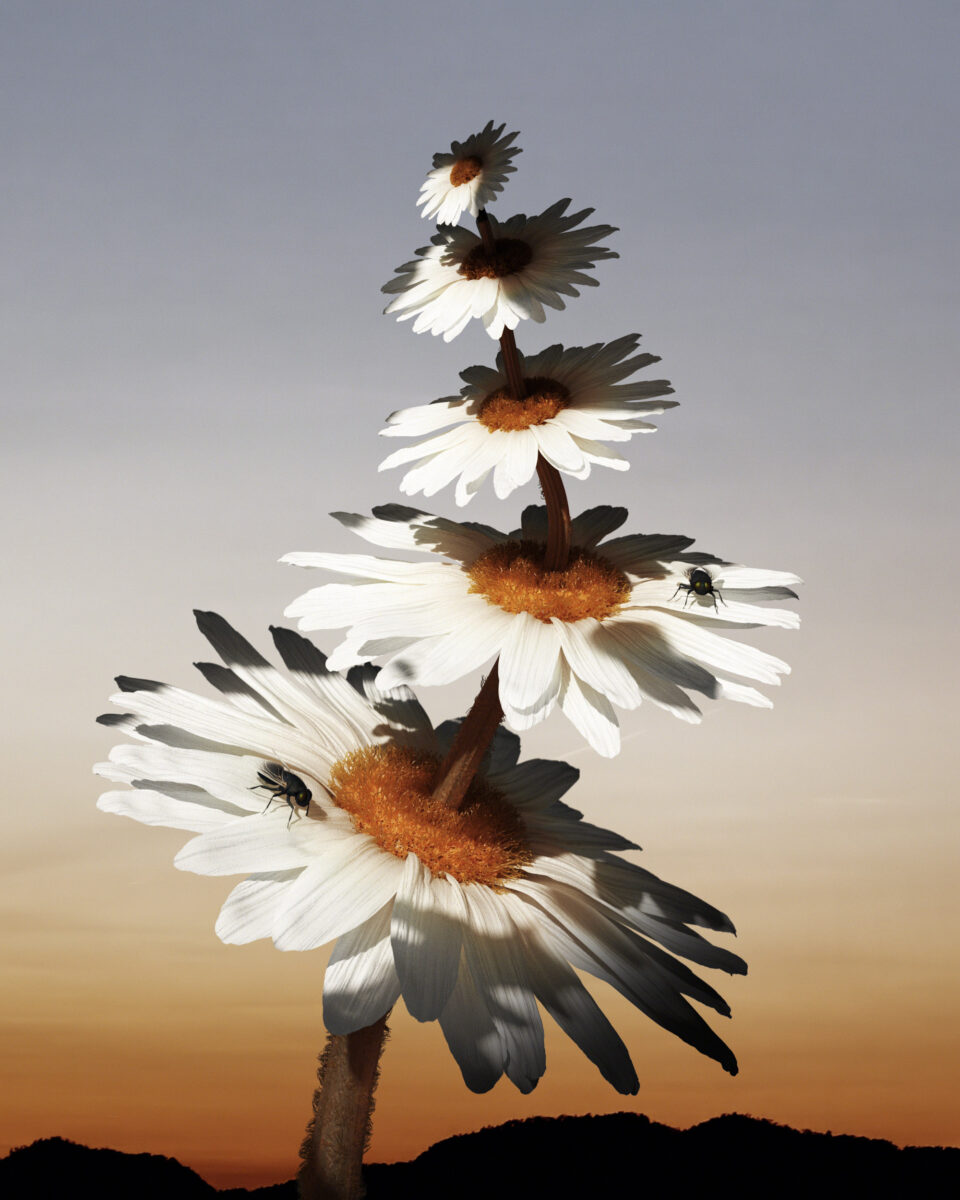

Stems bend and twist. Stamens extend to great lengths. Some specimens grow huge talons or waving tentacles, whilst others have petals as fine as hair. Tenebris Veratrum “can be deadly, unless one knows how to properly prepare it for consumption”, whilst Connexa chamaemilla is said to bring fortune.
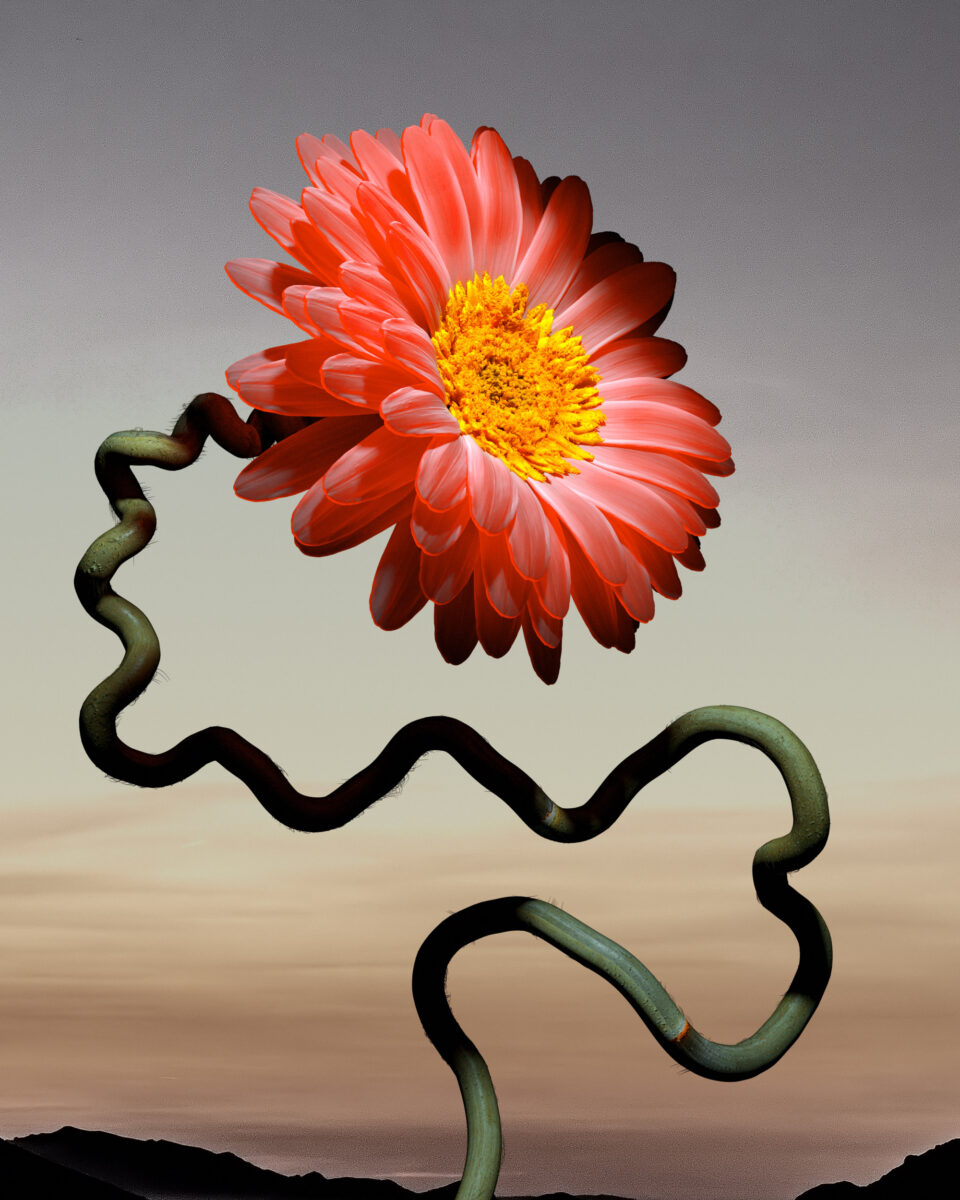
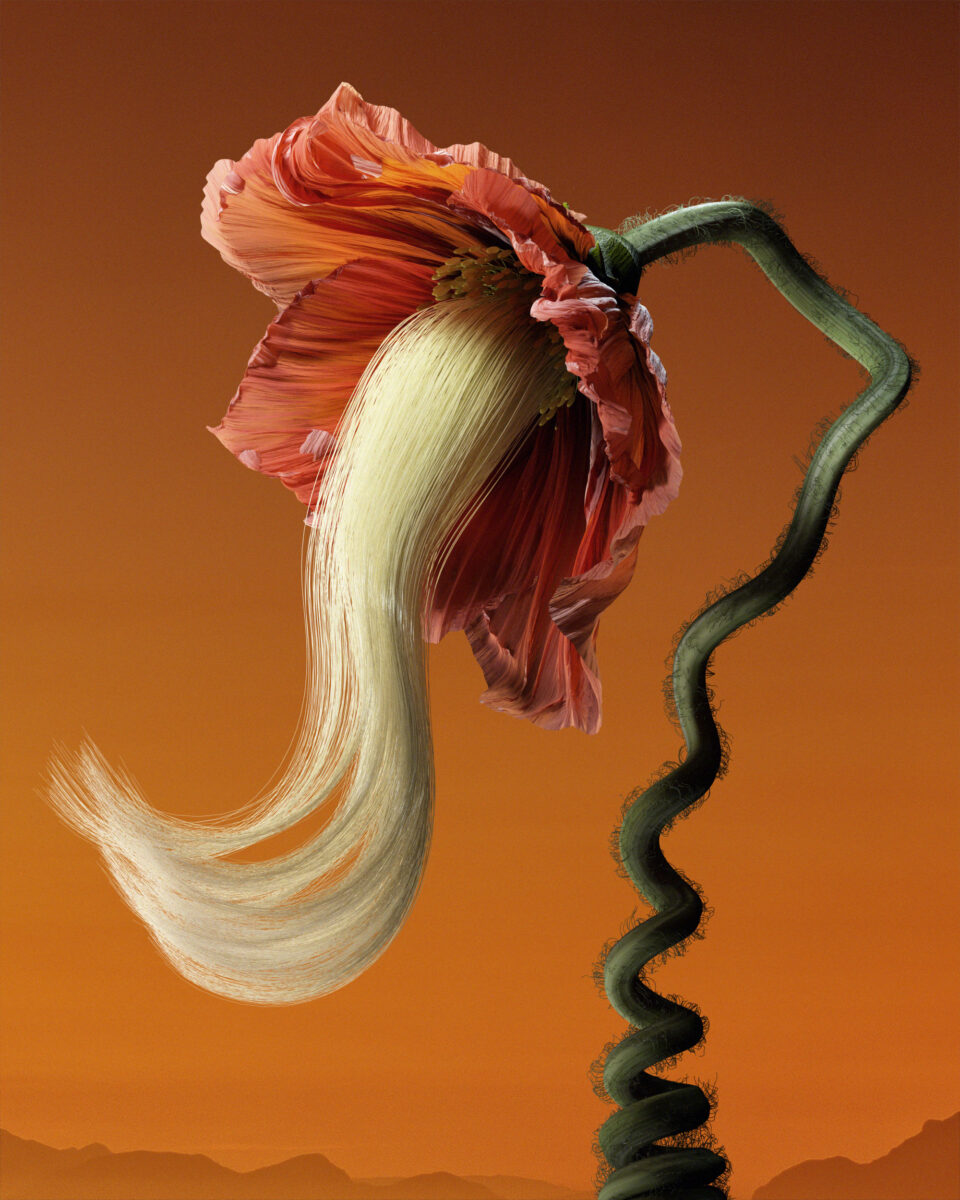
These otherworldly blooms inhabit an imaginary plane, where wonder and danger are balanced on a knife-edge. Zunka uses 3D software, combining techniques such as virtual sculpting, dynamic simulation and procedural modelling. The results are replete with saturated colour – set against mountainous skies.
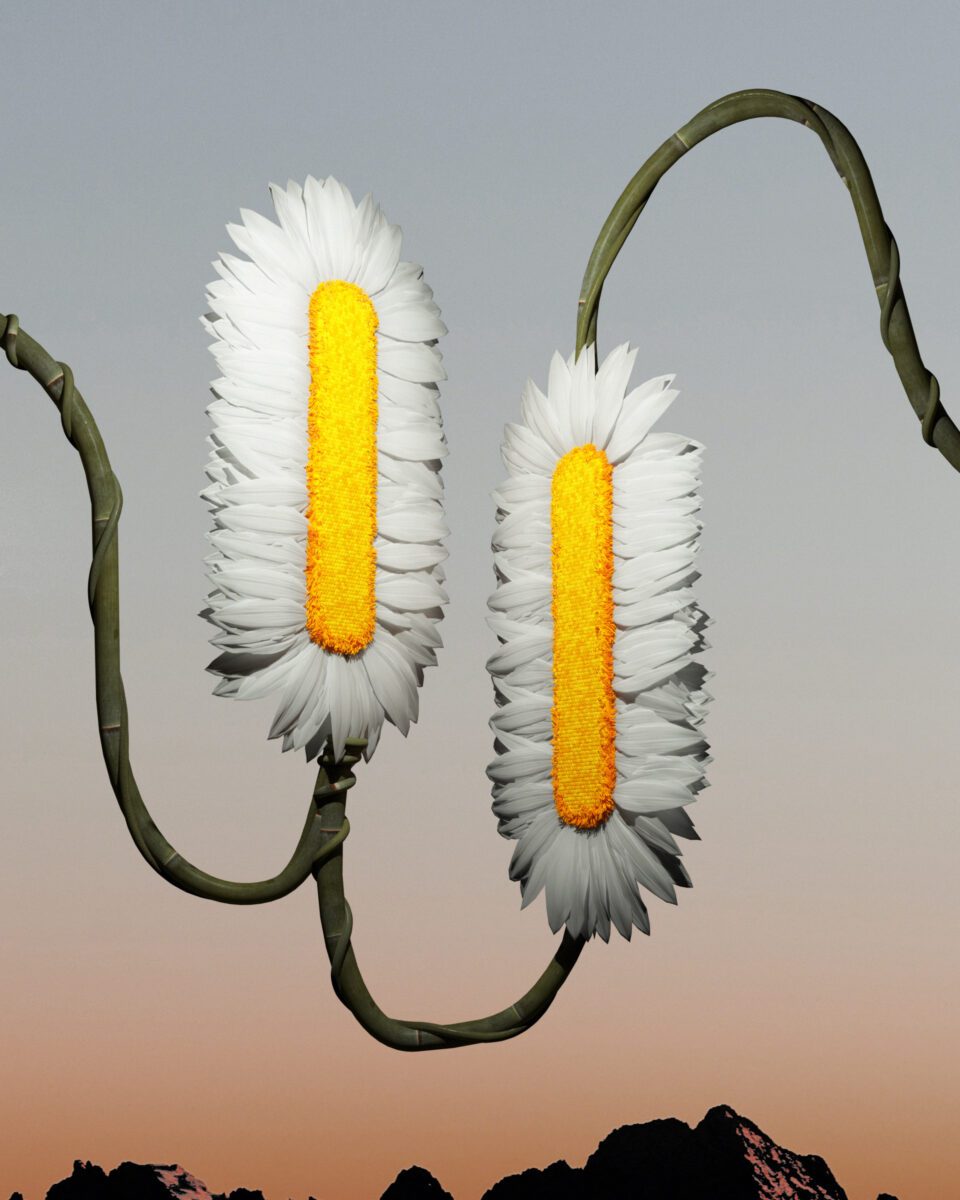
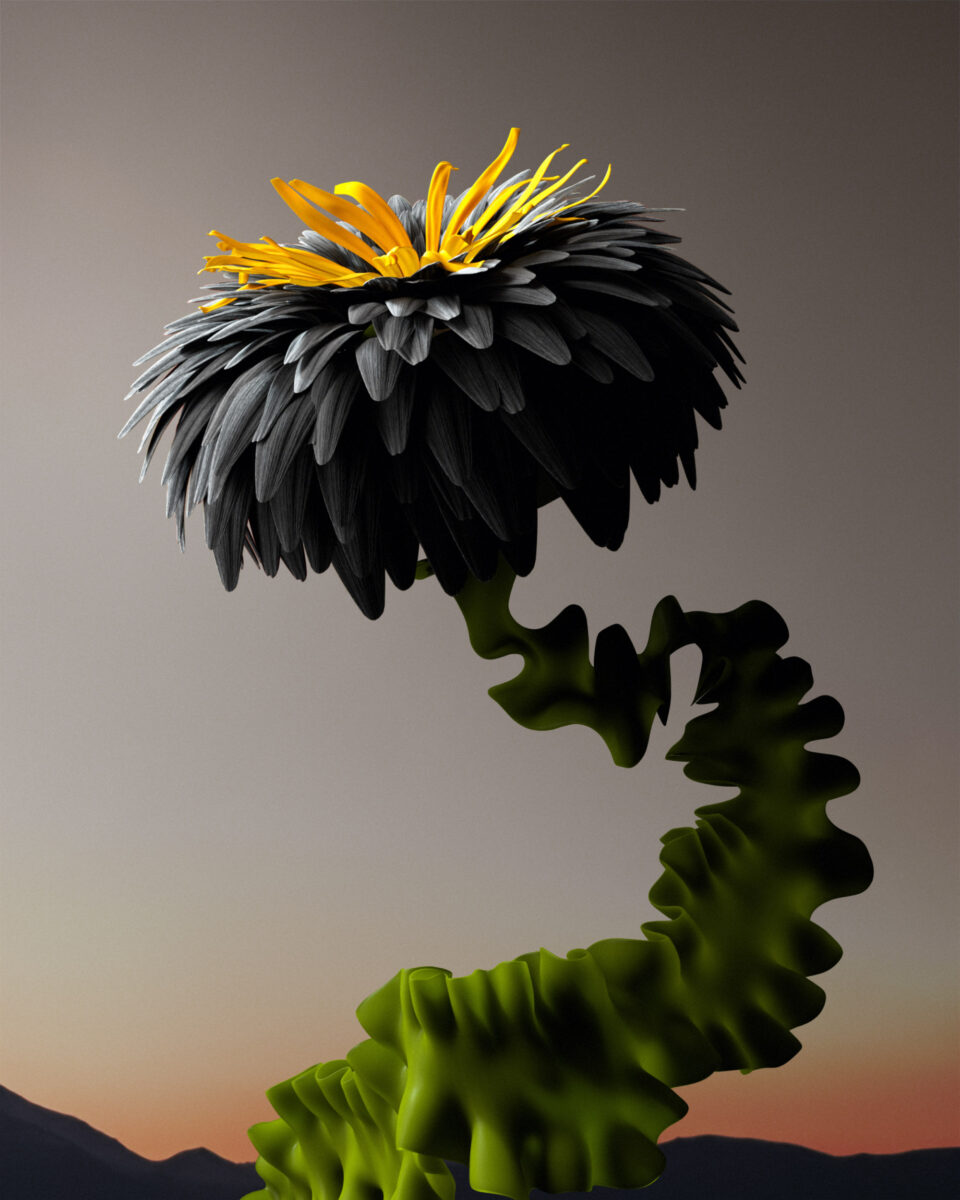
“Flowers seduce pollinators with their alluring colours, sweet nectar and scented petals,” Zunka says of the real-world inspiration behind the project, which now includes 21 unique designs. “Yet they bloom only briefly, and only under the right conditions, making flowers an expensive resource for a plant to produce. But this cost comes with a high reward for the plant, pollinators and people alike.”
Words: Eleanor Sutherland
Image Credits: All images courtesy Ondrej Zunka
1. Primula Bros
2. Strelitzia
3. Taraxacum Fam
4. Niveus Scalae
5. Connexa Chamaemilla
6. Transvaal Rubrum
7. Vomitus Flos
8. Primula Bros
9. Fluffux Algae


